English | Español
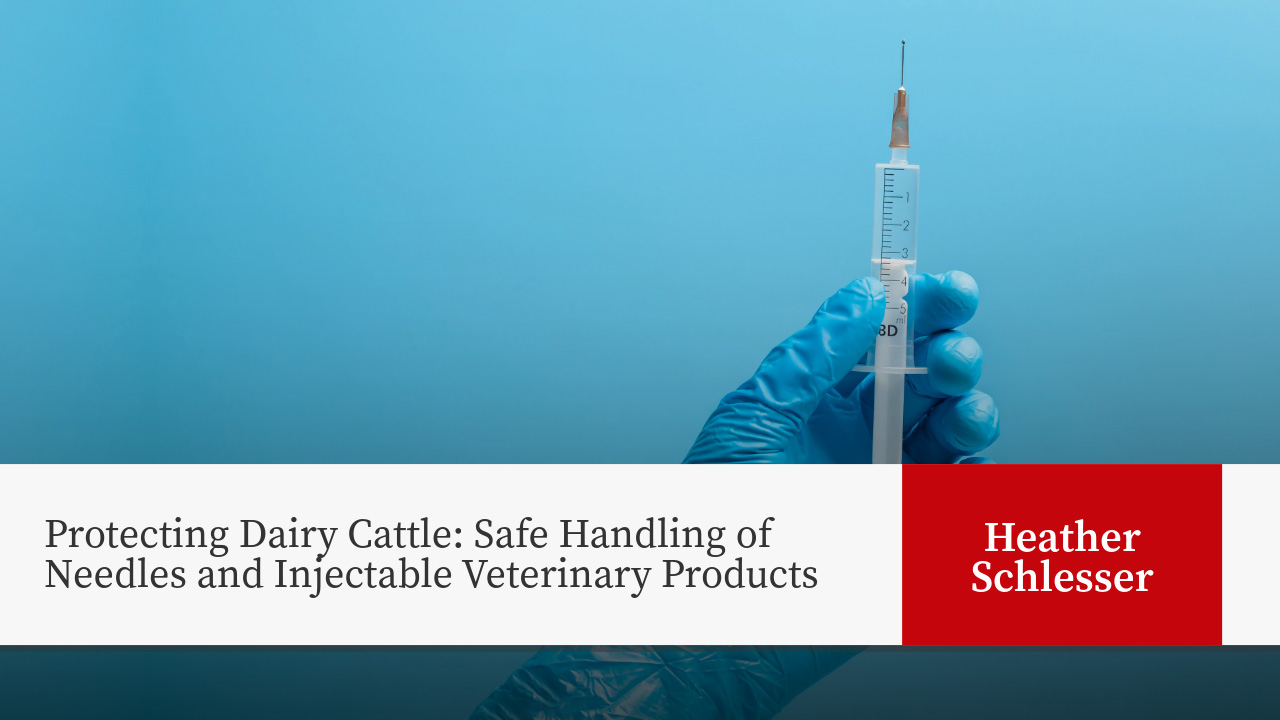
Introduction
Proper handling of injectable veterinary products, such as vaccinations, antibiotics, and reproductive hormones, as well as the needles used to administer them, is essential for protecting animal health and preventing infection. Following a few key practices can help reduce the risk of abscesses, disease transmission, vaccine failure, and accidental injury.
Use One Needle Per Animal

Reusing needles may seem like a cost and time saving practice, but it is risky. It could result in broken or bent needles, the spread of contaminants found in dust and dirt between animals, and the potential spread of blood-borne pathogens, such as bovine leukemia virus, as well as injection-site lesions or abscesses. Always use a clean, sterile needle for each animal to prevent the spread of disease and improve animal welfare. If using a multi-dose syringe, ensure that you change the needle each time you refill the syringe (5–10 injections per needle).
Don’t Store the Needle in the Bottle
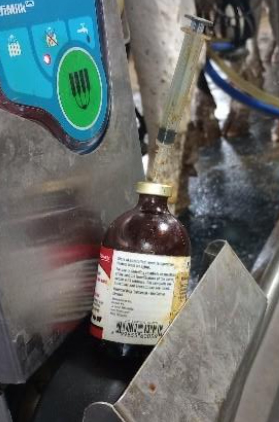
Do not leave needles inserted in the veterinary product bottle between uses. This can introduce bacteria and contaminate the entire contents of the vial. Instead, use one needle to draw the vaccine into the syringe, and a different one to administer the shot.
Proper Handling and Storage
Veterinary products must be stored according to label instructions, typically at refrigerated temperatures between 35°F and 45°F (2°C to 7°C). Use a dedicated, temperature-monitored refrigerator. Keep the products out of direct sunlight and avoid freezing them, which can damage their effectiveness. Transport vaccines in a cooler with ice packs to maintain the proper temperature during use in the field.
Correct Injection Site and Technique
Injections can cause bruising or muscle damage, especially if the needle has burrs from repeated use. This bruising and muscle damage affect the meat quality. Always follow the product label for proper dosage, route of administration (subcutaneous, intramuscular, or intravenous), treatment duration, and withholding time. Only place injections in clean areas free from mud and manure to reduce the risk of lesions and infection.
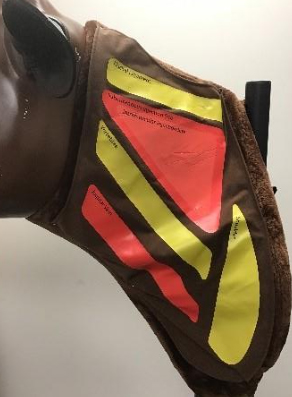
Use the injection site triangle located in the neck region for both beef and dairy animals. When administering multiple injections on the same day, space them 4 inches, or a hand’s distance apart. Don’t be afraid to use both sides of the animal’s neck. Less than 10 CCs should be injected per site; divide the total dose as needed. When administering both a subcutaneous injection and an intramuscular injection, ensure that the subcutaneous injection is placed below the intramuscular injection. Subcutaneous injections require a head restraint to ensure the product is administered correctly.
Safe Needle Disposal
Used needles should never be thrown in the trash, left on the ground, or reused. Always place them in a rigid, puncture-proof container labeled with the word “Sharps.” Empty laundry detergent or fabric softener containers work well for this purpose. Once the container is full, seal it and follow local regulations for proper disposal, which may include returning it to a veterinary clinic or designated drop-off site. Safe needle disposal helps prevent injuries, disease transmission, and environmental harm.
Key Takeaways
- Use a new needle for every animal
- Never leave needles in vaccine, antibiotic, or hormone vials
- Keep vaccines and hormones refrigerated and temperature monitored
- Follow label instructions for dosage and injection site
- Discard used needles in a rigid, puncture-proof sharps container
Author

Heather Schlesser
County Dairy Educator – Heather Schlesser is an Agriculture Educator in Marathon County. Heather’s research and outreach have included the use of current technology to enhance farm profitability and sustainability. Her current projects include the Animal Wellbeing Conference, the Midwest Manure Summit, Beef Quality Assurance, financial programming, and teaching farmers throughout the Midwest how to breed their own cattle.
References
- Beef Quality Assurance (BQA) National Manual. Injection Sites and Techniques.
- Zoetis Animal Health. Handle Vaccines Properly. https://www.zoetisus.com/news-and-media/handle-vaccines-properly/. Accessed July 14, 2025.
- USDA APHIS (2014). Vaccination for Contagious Disease. https://www.aphis.usda.gov/sites/default/files/vac_administration_handout.pdf. Accessed July 14, 2025.
Reviewers


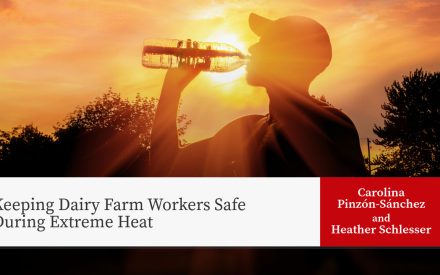 Keeping Dairy Farm Workers Safe During Extreme Heat
Keeping Dairy Farm Workers Safe During Extreme Heat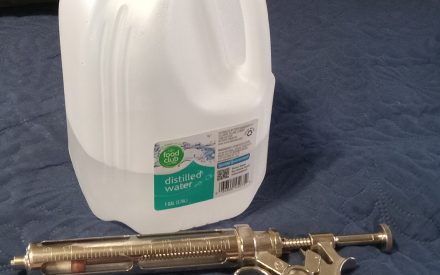 Cleaning and sanitizing multi-dose syringes and transfer needles
Cleaning and sanitizing multi-dose syringes and transfer needles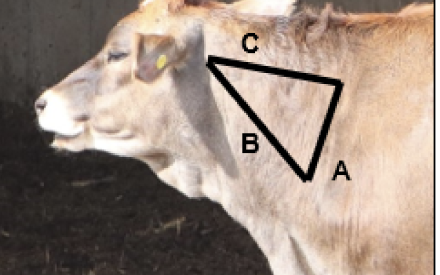 Administering reproductive hormones to dairy cattle
Administering reproductive hormones to dairy cattle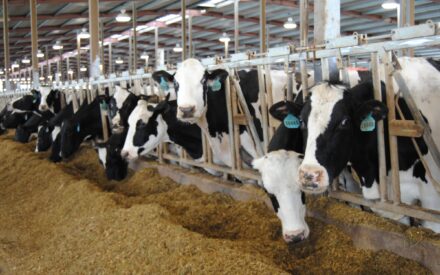 Hoof health & nutrition of dairy cows
Hoof health & nutrition of dairy cows


